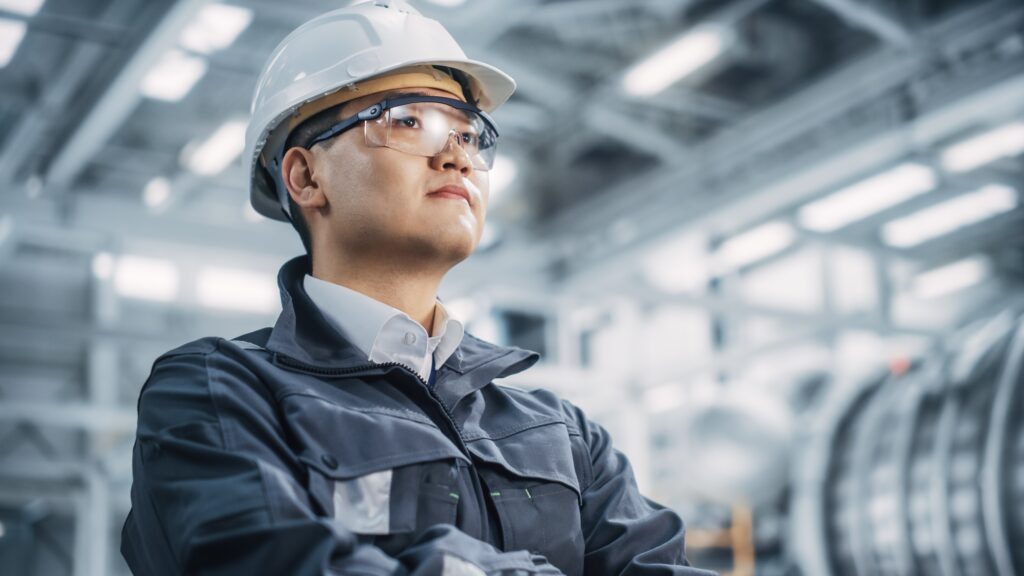China is trying to fix its economy, which is struggling due to a trade war with the United States. A major meeting has just started, aiming to bring new life to the economy. China has set a growth target of “around 5%” for this year and promised to spend billions to help the economy recover.
Thousands of delegates have gathered in Beijing for the National People’s Congress (NPC). This meeting, which happens every year, is important because it decides the country’s policies. While these meetings usually don’t change much, this year is different. The trade war with the U.S. has made China’s economic challenges even worse.
Trade War and Its Impact
China’s economy was already facing problems before the U.S. raised tariffs on Chinese goods. The country has low consumer spending, a real estate crisis, and high unemployment. On Tuesday, the U.S. imposed a new 10% tariff on Chinese imports. This adds to the 10% tariff imposed in February, bringing the total to 20%.
These tariffs hurt China’s export sector, which has been one of its few strong points. In response, China quickly imposed tariffs on U.S. agricultural products. These tariffs, between 10% and 15%, target crops like corn, wheat, and soybeans. China is the biggest market for these U.S. exports, so these moves will hurt both economies.
Turning to Domestic Spending
To reach its growth goal of 5%, China needs to rely more on domestic spending. In the past, China met its growth targets by exporting goods and running a large trade surplus. But with the tariffs hurting exports, this approach is no longer enough.
Experts predict that if the tariffs remain, China’s exports to the U.S. could drop by 25% to 33%. This would make it even harder for China to meet its growth goals.
The Chinese government is now focusing on boosting domestic demand. Last year, increasing consumption was one of the top three priorities. But this year, it has moved to the top spot. To encourage spending, the government has started programs that let people trade in old appliances, cars, and electronics for new ones.
The government is also putting more money into people’s hands. It plans to issue 1.3 trillion yuan (about $179 billion) in special bonds to fund new programs. Local governments are also being allowed to borrow more money to boost local spending.
Job Creation and Unemployment
Another part of China’s plan is job creation. The government wants to create more than 12 million urban jobs this year. They are aiming to keep the unemployment rate around 5.5% in 2025. This is important because high unemployment could make the economic crisis worse.
However, experts are not sure if these efforts will be enough. Despite these programs, China still faces challenges. The COVID-19 pandemic hurt the economy, and the real estate market is in crisis. At the same time, the government has cracked down on tech companies and the finance sector. This has led to widespread public pessimism.
China also has a weak social safety net. Many people are choosing to save their money instead of spending it. This makes it harder for the government to boost domestic demand and kickstart the economy.
Optimism Despite Challenges
Despite these challenges, China’s leaders are staying optimistic. Liu Jieyi, a spokesman for the Chinese People’s Political Consultative Conference (CPCC), said that while the economy faces challenges, “China’s economic fundamentals remain stable, its advantages are many, resilience is strong, and potential is significant.”
The Chinese government is also focusing on high-tech industries to drive future growth. President Xi Jinping has emphasized “high-quality development,” with a special focus on areas like renewable energy and artificial intelligence (AI). China wants to be a global leader in these fields and reduce its dependence on Western countries.
China has made some progress in these areas. The country has developed new AI technologies like DeepSeek and robotics companies such as Unitree Robotics. These breakthroughs have generated interest among foreign investors. Many are starting to see China as a major player in the global tech market.
The Impact of U.S. Tariffs on Tech
While China’s leadership is optimistic about its technological future, the trade war with the U.S. is still a major concern. The latest U.S. tariffs, combined with previous ones, threaten to undermine China’s economic plans.
Higher tariffs may hurt China’s export sector, which has already been weakened by the trade war. The tariffs also create uncertainty that can drive away foreign investors. Harry Murphy Cruise, from Moody’s Analytics, notes that “the chaos tariffs create is kryptonite for investment.” This could slow down China’s economic recovery and hurt its long-term growth.
The trade war has caused significant disruptions in global trade. Both the U.S. and China are struggling to recover, and the tariffs will continue to impact their economies. It’s clear that this trade conflict will shape China’s economic future for years to come.
For more updates on China’s economy and global trade, visit New York Mirror.


